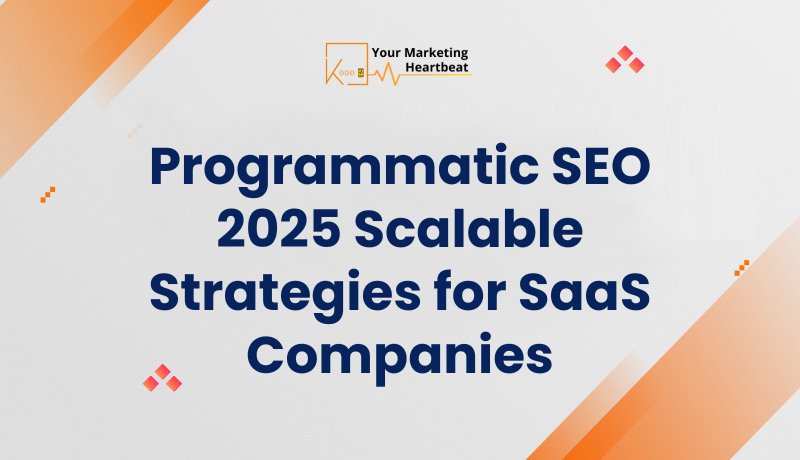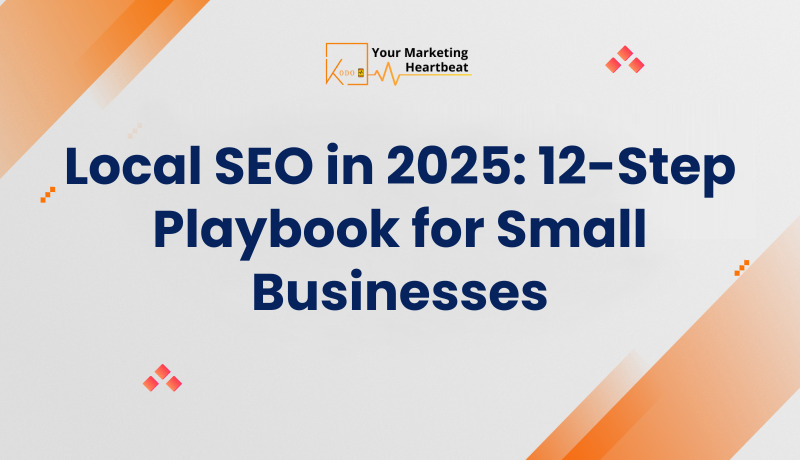
Programmatic SEO is revolutionizing how SaaS companies approach their online visibility. Unlike traditional SEO, which often relies on manual content creation, programmatic SEO automates the generation of web pages tailored to specific user queries. This method allows businesses to create a vast number of high-quality, relevant pages that can capture organic traffic efficiently.
By leveraging structured data and automation, SaaS companies can produce content that aligns closely with user intent. This not only enhances search engine rankings but also improves user engagement. The ability to generate pages at scale means that businesses can target a broader audience without the resource constraints typically associated with manual content creation.
Dynamic landing pages are a cornerstone of programmatic SEO. These pages are generated based on user behavior and preferences, allowing for a more personalized experience. By utilizing data-driven insights, SaaS companies can create landing pages that resonate with their target audience.
Incorporating dynamic landing pages into your SEO strategy can significantly enhance your online presence and drive more qualified traffic to your site.
Keyword clustering is a vital aspect of programmatic SEO. By grouping related keywords, SaaS companies can create content that targets multiple search queries simultaneously. This approach not only improves search visibility but also enhances the overall user experience.
By automating this process, businesses can efficiently create content that captures a wide range of search queries, ultimately driving more traffic to their sites.
Personalized content is essential for engaging users and improving conversion rates. By understanding user behavior and preferences, SaaS companies can tailor their content to meet specific needs.
Personalized content not only enhances user experience but also fosters loyalty and encourages repeat visits.
Creating niche directories can significantly enhance your SEO strategy. By compiling relevant resources or listings within your industry, you can attract targeted traffic.
Long-tail keywords often have lower competition and higher conversion rates. By focusing on these specific queries, you can capture users who are further along in their buying journey.
Users frequently search for comparisons between products. Automating the creation of comparison pages can help you capture this high-intent traffic.
Utilizing publicly available data can provide valuable insights and content opportunities. For instance, a SaaS company in the cybersecurity space could create pages detailing recent data breaches.
Creating pages that address specific use cases for your product can help potential customers understand how your solution fits their needs.
To maximize the effectiveness of your programmatic SEO efforts, consider the following best practices:
Tracking the success of your programmatic SEO efforts is crucial for continuous improvement. Key metrics to monitor include:
By regularly reviewing these metrics, you can identify areas for improvement and adjust your strategy accordingly.
While programmatic SEO offers numerous benefits, it also presents challenges. Common issues include:
As technology continues to evolve, so too will programmatic SEO strategies. Key trends to watch for include:
Programmatic SEO is a powerful strategy for SaaS companies looking to scale their online presence. By leveraging dynamic landing pages, keyword clustering automation, and personalized content, businesses can effectively capture organic traffic and drive conversions. As we move into 2025, embracing these scalable strategies will be crucial for staying competitive in the ever-evolving digital landscape.
By implementing the strategies outlined in this article, SaaS founders and marketers can position their companies for success in the world of programmatic SEO.



April 23, 2024